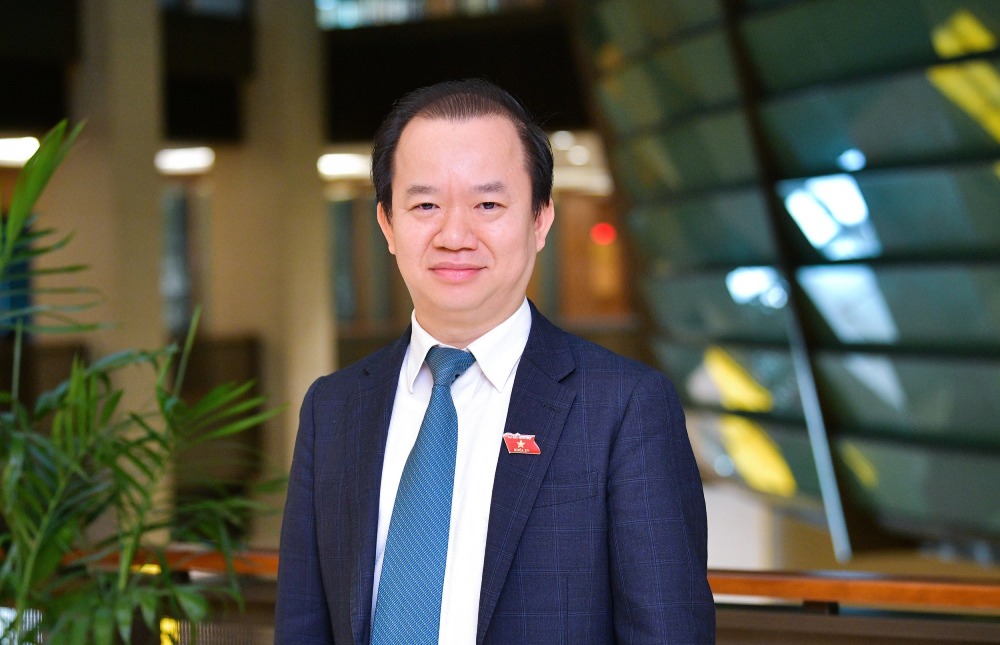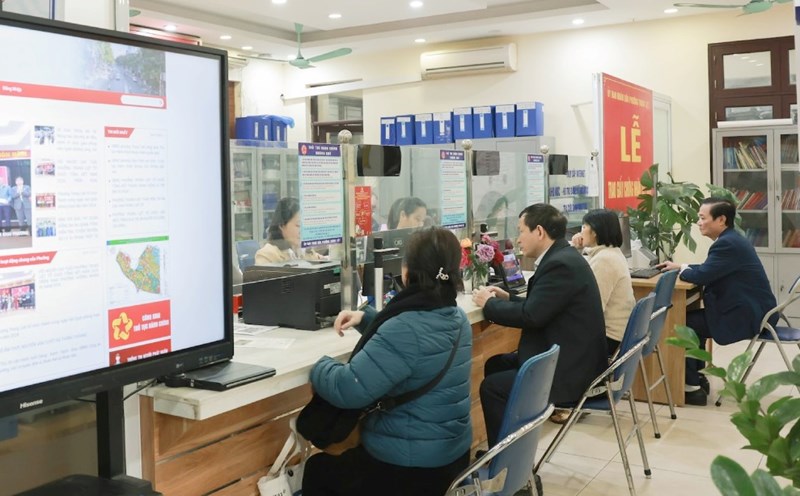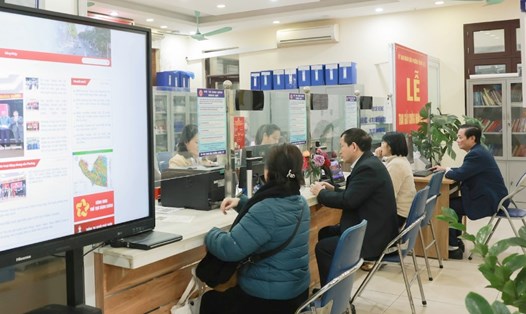When merging provincial-level administrative units, the name of the unit after the reorganization is a content that needs to be resolved and received the attention of many people.
Lao Dong reporter had an interview with Associate Professor, Dr. Bui Hoai Son - full-time National Assembly Delegate at the National Assembly's Committee on Culture and Society - on this content.

Sir, when arranging and merging, what is the significance of the new provincial administrative title?
- I think that choosing the name for the new administrative unit after merging provinces and cities is not only a technical issue, but also has profound cultural, historical and local significance.
A name is not only an administrative title, but is also associated with collective memories, the pride of the people, as well as expressing the spirit of inheritance and development in the new period.
So what is the name chosen when merging provincial-level administrative units?
- There are two main directions in naming new administrative units. One is to restore the name of a province or city that has existed historically, as a way to honor and preserve local cultural and historical values.
However, in many cases, creating a new name is also a reasonable choice, especially when the merger is a combination of many units with different identities.
A new name that is more representative, not leaning towards a specific locality, will help create consensus, avoiding any feeling of prejudice between regions.
The important thing is that the name must have a positive meaning, reflecting the geographical, historical and cultural characteristics of the entire merged area, and at the same time, being in line with the development trend in the new era.
Some opinions say that we should use the old names of many existing provinces and cities such as Ha Nam Ninh, Hai Hung, Bac Thai... What is your opinion on this opinion?
- I think that restoring the old names of provinces and cities that have existed such as Ha Nam Ninh, Hai Hung, Bac Thai... is an idea worth considering, because these places not only have historical value but are also closely associated with the memories of many generations of people.
When mentioning these names, people not only remember an administrative unit but also evoke cultural imprints, regional characteristics that have existed, creating community cohesion and local pride.
In addition, this also helps avoid unnecessary debates about the new names, because these are names that have been recognized by history and are highly accepted in the community.
However, not all cases can or should apply this method. Some provinces have undergone major changes in appearance, economy, society, and regional identity after separation.
In those cases, finding a new, comprehensive name that accurately reflects the characteristics of the land after the merger will be a reasonable choice.
So in the case of assigning a new name, how to keep the new name but not erase the place name associated with local history and culture?
- To ensure inheritance and avoid losing the mark of old sites, we can apply many flexible solutions. If a new name is chosen, historical sites can be retained in district and commune-level administrative names, or become names associated with works, urban areas, tourist areas, schools, relics, etc. This will help maintain the connection between the past and the present, not "disappearing" important historical values.
I believe that naming a new administrative unit not only requires careful consideration from management agencies, but also requires the participation and contribution of local people.
A symbolic name, both inherited and opening a new vision for development, will be a solid bridge between tradition and the future, contributing to creating a unique identity for each locality in the new development stage.
Thank you, Associate Professor, Dr. Bui Hoai Son!











